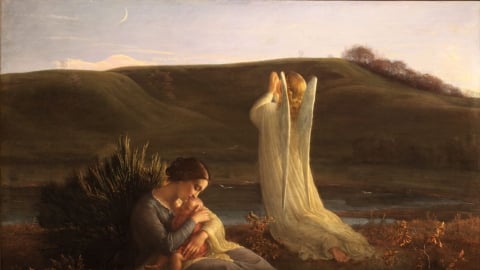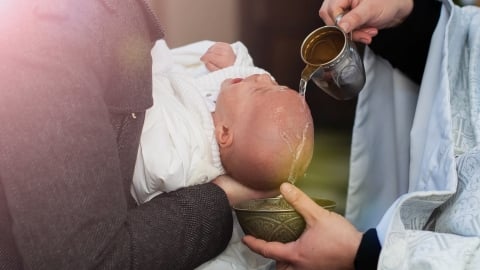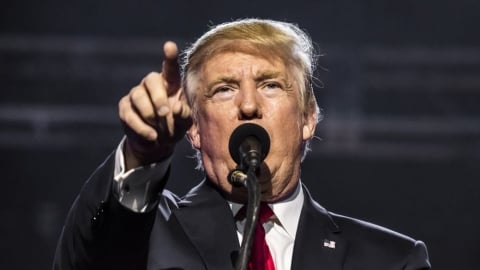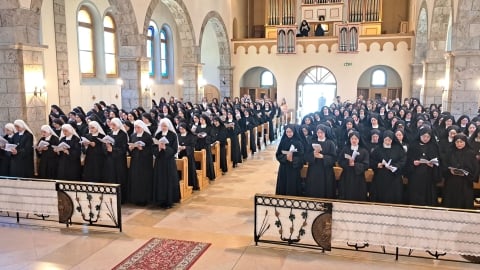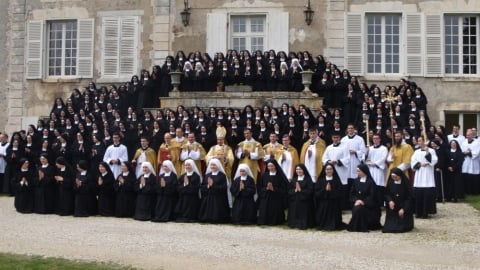Koch admits: New Mass is a rupture with Tradition
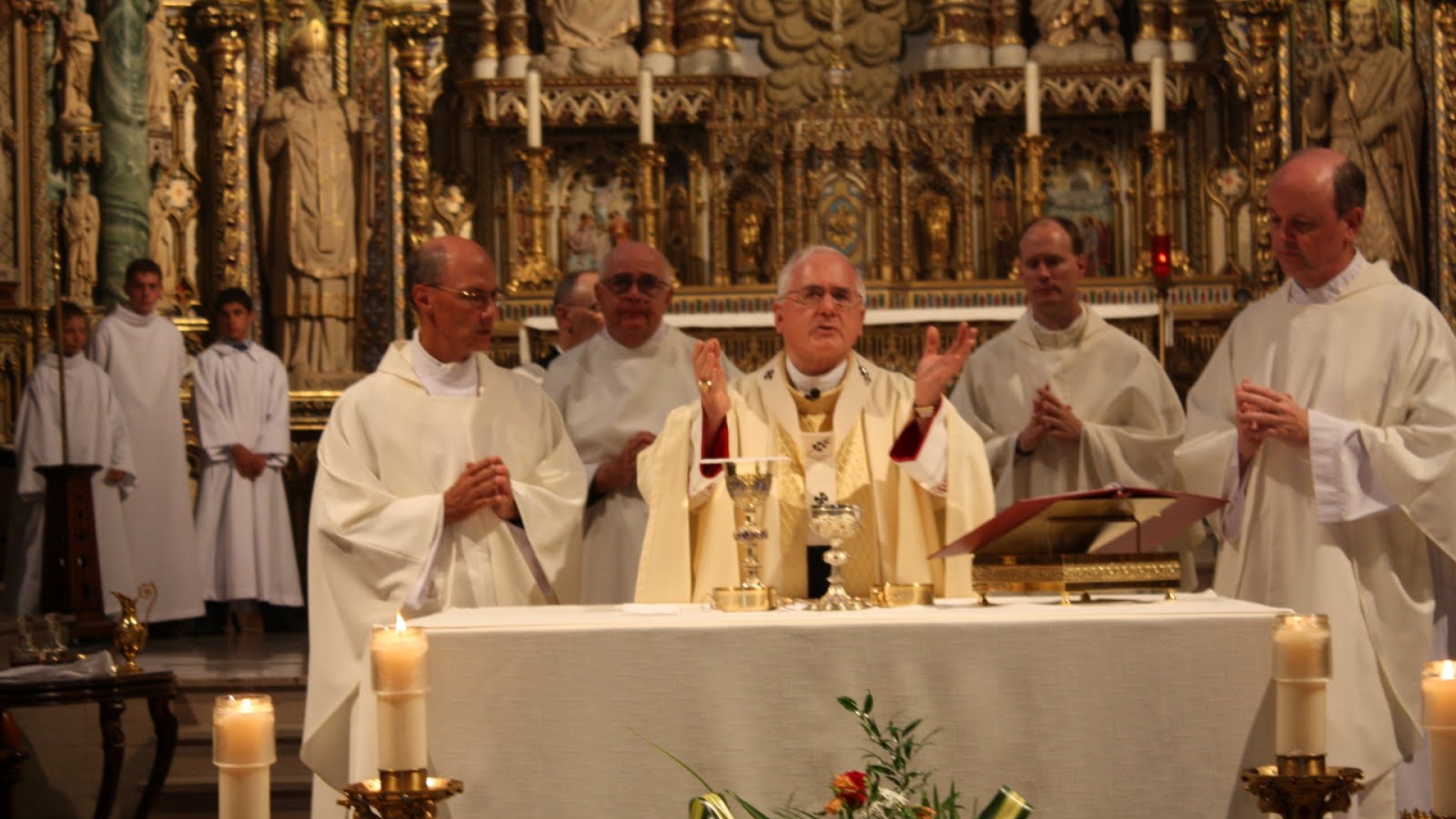
At least it [Cardinal Koch’s statement] is a recognition that, in the minds of the faithful, there is a real problem with the Novus Ordo. This is what we have said all along! The problem of the new liturgy is a doctrinal rupture.
Cardinal Kurt Koch, President of the Pontifical Council for Promoting Christian Unity, in an address given to a congress held on Summorum Pontificum on May 15, 2011, admitted that “the post-conciliar liturgical reform is considered in large circles of the Catholic Church as a rupture with tradition and as a new creation” and that, in the Novus Ordo Missae, “that sacredness that attracts many to the old use must manifest itself more forcefully.” (Zenit, March 17, 2011)
This is an understatement, but at least it is a recognition that, in the minds of the faithful, there is a real problem with the Novus Ordo. This is what we have said all along! The problem of the new liturgy is a doctrinal rupture.
Cardinal Koch explained that it is the pope’s wish for the traditional Mass to be an “ecumenical bridge”, for, by it, the pope:
wished to contribute to the resolution of this dispute and to reconciliation within the Church: the motu proprio promotes, so to speak, intra-Catholic ecumenism... if the intra-Catholic ecumenism fails, the Catholic controversy over the liturgy will also extend to ecumenism, and the old liturgy will not be able to carry out its ecumenical function of bridge-building." (op. cit.)
The purpose of the Instruction on the motu proprio, Summorum Pontificum would be consequently to force all Catholics to accept one another’s liturgy, so as to end all disputes. Surprising as it may seem, it is the same ecumenical spirit emanating from Vatican II that has produced the reform of the liturgy and that pretends to grant the use of a rite which has never been abrogated.
Cardinal Koch was even more explicit in his analysis of the ultimate goal of this initiative, namely that the traditional and new Masses will eventually evolve together into a common rite, namely, that both are to disappear:
Benedict XVI knows well that in the long term we cannot remain with a coexistence between the ordinary and extraordinary forms in the Roman rite, but that the Church will again need in the future a common rite... However, given that a new liturgical form cannot be decided in an office, as it requires a process of growth and purification, for the time being the pope stresses above all that the two forms of use of the Roman rite can and must enrich one another mutually." (Ibid.)
According to Cardinal Koch, Rome’s permission of a Mass that needs no permission would be that it might ultimately disappear!
Neither diplomacy nor ecumenism can solve a doctrinal problem. Affirming that there is doctrinal continuity between the Tridentine Mass and the Novus Ordo Missae does not make this continuity a reality. The study of both rites, as well as the fruits they have produced, prove that they have contradictory principles and effects. Reconciliation needs to be based on doctrinal discussions for the triumph of the truth. It is not so much a reconciliation between Catholics which is at stake today, but more a reconciliation of the pastors with their own mission of defending and teaching the Faith. It is all about reconciling Catholics with the Catholic Faith. Indeed the “divergence is not so much between the Society of St. Pius X and the Holy See, as between the Traditional Mass and the Novus Ordo Missae”;[1] as between the conciliar spirit and the Faith of all time.
Footnote
1 Commentary on the Instruction, DICI 235.
